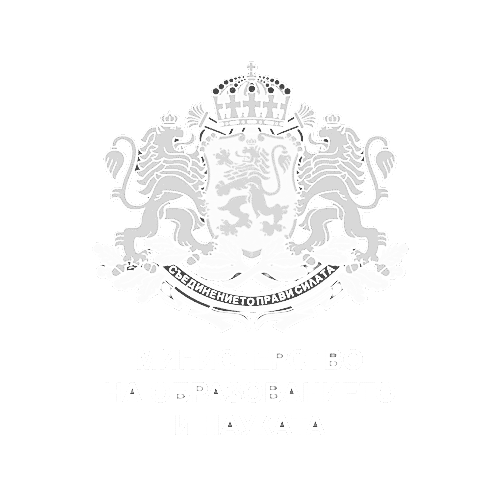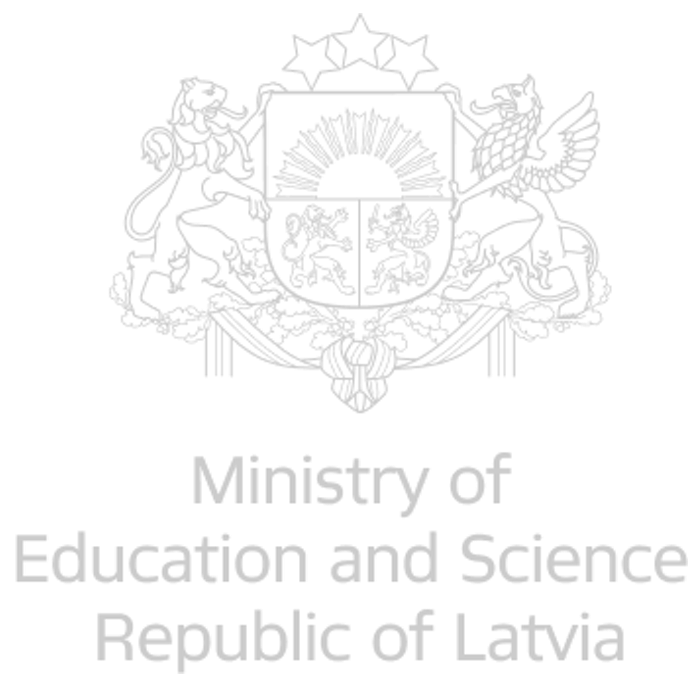EATRIS, the European Research Infrastructure for Translational Medicine and A_IATRIS, its Italian node
Authors: Franca Moretti, Antonio L. Andreu, Anton Ussi and Luisa Minghetti
Translational medicine aims at transferring scientific discoveries to the clinical practice, and converting them into novel preventive, diagnostic, and therapeutic tools against diseases representing serious threats for humans. One major problem in translational medicine is the long timeframe that is generally needed for the full development of new products before they can be used in clinical practice.
As a consequence, patients suffering from severe pathologies for which effective treatments are not yet available cannot benefit from potentially effective diagnostic and therapeutic tools. Therefore, the slowness of the entire process represents a major problem that the competent authorities, governments, and industry are requested to face and solve. The creation of infrastructures dedicated to high-quality services for translational medicine is of fundamental importance for promoting and supporting the translation of scientific discoveries into clinical practice, recognized as a national and European priority.
In 2004, the European Strategy Forum on Research Infrastructures (ESFRI) received the mandate by the Competitiveness Council to develop a European Strategic Roadmap for Research Infrastructure. The aims were to describe the scientific infrastructural needs for the next 10 to 20 years. In 2006 ESFRI published its first report, the “European Roadmap for Research Infrastructure,” identifying for the first time a major need for research infrastructures in the field of Biological and Medical Sciences, and in particular the one dedicated to translational research, the European Advanced Translational Research Infrastructure in Medicine, EATRIS. In 2013 EATRIS received from the European Commission the ERIC legal status (‘European Research Infrastructure Consortium’723/2009/EC) and from January 2014 EATRIS formally started operations as an ERIC.
EATRIS was conceived to overcome research fragmentation and to fill the gaps registered in the landscape of European translational medicine and acts as a “distributed infrastructure” with the headquarters located in Amsterdam. EATRIS is based on the cooperation of several centers across Europe, each endowed with advanced technologies for translational research. The strategy is to use and upgrade available facilities that are dedicated to in vitro and in vivo validation of new therapeutic agents and to the identification of novel diagnostic procedures.
The specific aims of EATRIS are:
- to support a faster and more efficient translation of research findings into the development of innovative strategies for the prevention, diagnosis, and treatment of diseases, which are of particular relevance for European member States and that have a high medical and economic burden;
- to build a European research area where the flow of information between basic research and clinical observations is bi-directional.
Read the original article here or see more publications from our Research Infrastructure.

